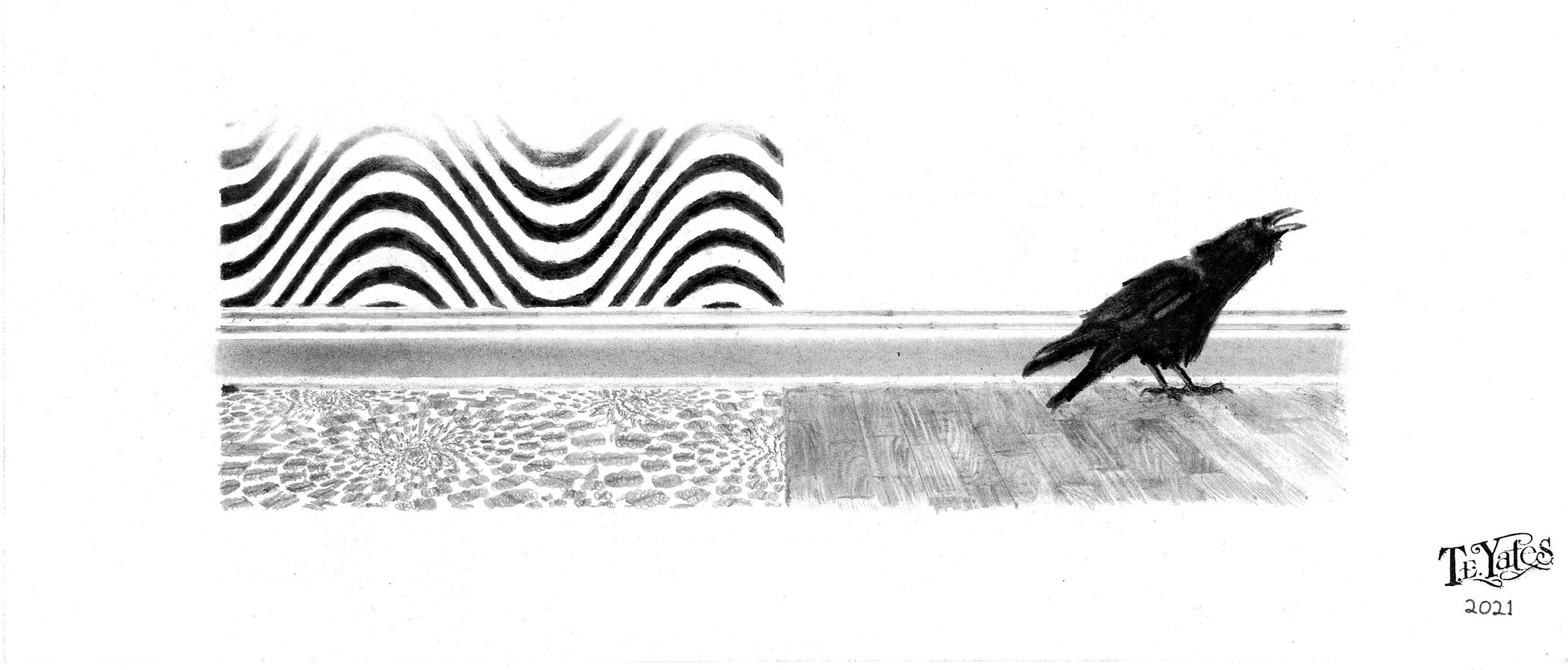Supporting Autistic People Flourishing at Home and Beyond: Considering and Meeting the Sensory Needs of Autistic People in Housing
The last decades have revealed new understandings of autistic people and our lives. Originally seen as a series of disastrous behaviour problems to be fixed, new research and years of collaboration with autistic people of all kinds has changed almost everything society thought it knew about autism.
This project and report was co-produced with a group of people with lived experience and commissioned in 2020 from NDTi by the Care and Health Improvement Programme, which is jointly managed by the Local Government Association (LGA) and the Association of Directors of Adult Services (ADASS).

We now know that autistic people are in every role in society, whether it is a volunteer at a charity, or as a front-line healthcare professional. Enabling autistic lives does not just mean improving care home settings but considering the environments for the vast majority of autistic people who live and work in everyday places.
Most autistic people have significant sensory differences, compared to most non-autistic people. Autistic brains take in vast amounts of information from the world, and many have considerable strengths, including the ability to detect changes that others miss, great dedication and honesty, and a deep sense of social justice. But, because so many have been placed in a world where they are overwhelmed by pattern, colour, sound, smell, texture and taste, those strengths have not had a chance to be shown. Instead, they are plunged into perpetual sensory crisis, leading to either a display of extreme behaviour – a meltdown, or to an extreme state of physical and communication withdrawal – a shutdown. If we add to this the misunderstandings from social communication with one another, it becomes easier to see how opportunities to improve autistic lives have been missed. The sections within the report guide teams on how to consider sight, sound, smell, and touch.
The executive summary is now available to read on the LGA website.
The full report, which includes a sensory checklist and recommendations for improvements, can be accessed on our website.
The paper was written in partnership with many autistic people and is based on autistic experience, the full list of contributors is available here.

The supporting artwork and quotes from the paper can be accessed below.
1 of 4 - Jon Adams' Illustrations
2 of 4 - Alexis' Art work
3 of 4 - T.E Yates' Illustrations
4 of 4 - Richard's Photos
News Sign-up
Contact Details
Jill Corbyn
Email: jill.corbyn@ndti.org.uk
Contact Office
Bath (Registered Office)
National Development Team for Inclusion
4 Queen Street
Bath
BA1 1HE